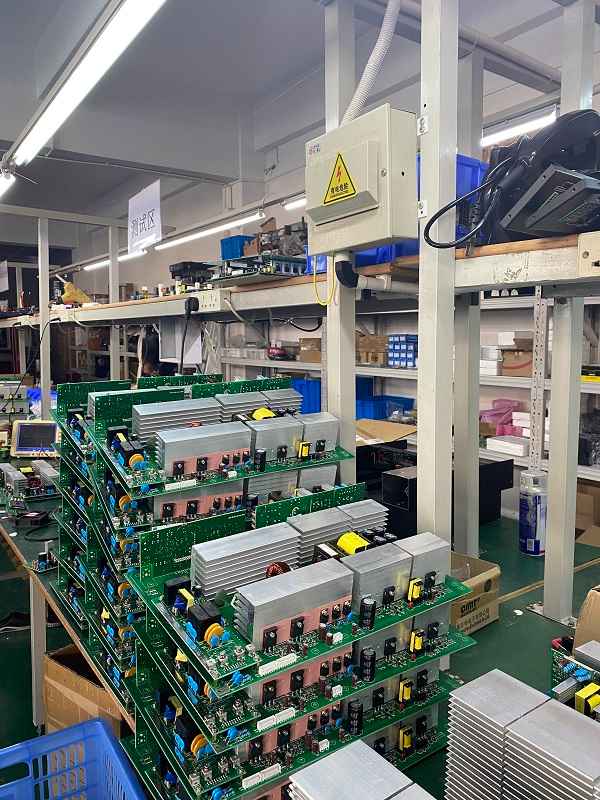
1. The fuse or fuse is blown
Mainly check the diodes of the rectifier bridge, large filter capacitors, and switch tubes. Problems with the anti-interference circuit will also cause fuses or fuses to burn out and turn black. It is worth noting that the blown fuse or fuse caused by the breakdown of the switch tube is often accompanied by damage to the overcurrent detection resistor and the power control chip, and the negative temperature coefficient thermistor is also not easy to burn out together with the fuse or fuse .
2. No output, but the fuse or fuse is normal
This phenomenon indicates that the switching power supply is not working, or has entered a protection state after working. First, measure whether the start pin of the power control chip has a start voltage. If there is no start voltage or the start voltage is too low, then check whether there is leakage in the start resistor and the external components connected to the start pin. If the power control chip is normal at this time, check the above Inspection can quickly find faults. If there is a start-up voltage, measure whether the drive output pin of the control chip (the thick-film circuit does not have a drive output pin) has a high-low level jump at the moment of power-on. If there is no jump, it means that the control chip is damaged, and there is a problem with the peripheral oscillation circuit components or protection circuit. You can replace the control chip first, and then check the peripheral components. If there is a jump, it is generally because the switch tube is defective or damaged.
3. There is output voltage, but the output voltage is too high
This kind of fault often comes from the voltage regulation sampling and voltage regulation control circuit. We know that circuits such as DC output, sampling resistor, error sampling amplifier (such as TL431), photocoupler and power control chip together form a closed control loop. The voltage rises.
For a power supply with an overvoltage protection circuit, if the output voltage is too high, the overvoltage protection circuit will first be activated. At this time, the overvoltage protection circuit can be disconnected to disable the overvoltage protection circuit, and the main voltage of the power supply at the moment of starting up can be measured. If the measured value is higher than normal, the output voltage is too high. In actual maintenance, it is common for the sampling resistance to change, the error amplifier or the photocoupler to be defective.
4. The output voltage is too low
According to maintenance experience, in addition to the voltage regulator control circuit causing the output voltage to be too low, there are other reasons that may cause the output voltage to be too low. There are mainly the following points.
①The switching power supply load has a short-circuit fault. At this time, all loads of the switching power supply circuit should be disconnected to distinguish whether the switching power supply circuit is bad or the load circuit is faulty. If the voltage output of the disconnected load circuit is normal, it means that the load is too heavy. If it is still abnormal, it means that the switching power supply circuit is faulty.
②The failure of the rectifier diode and filter capacitor at the output voltage terminal can be judged by the substitution method.
③The performance degradation of the switching tube will inevitably lead to the failure of the switching tube to conduct normally, which will increase the internal resistance of the power supply and reduce the load carrying capacity.
④ A bad switch transformer not only causes the output voltage to drop, but also causes insufficient excitation of the switch tubes, resulting in repeated damage to the switch tubes.
⑤The large filter capacitor (that is, the 300V filter capacitor) is not good, resulting in poor load capacity of the power supply, and the output voltage will drop when the load is connected.
